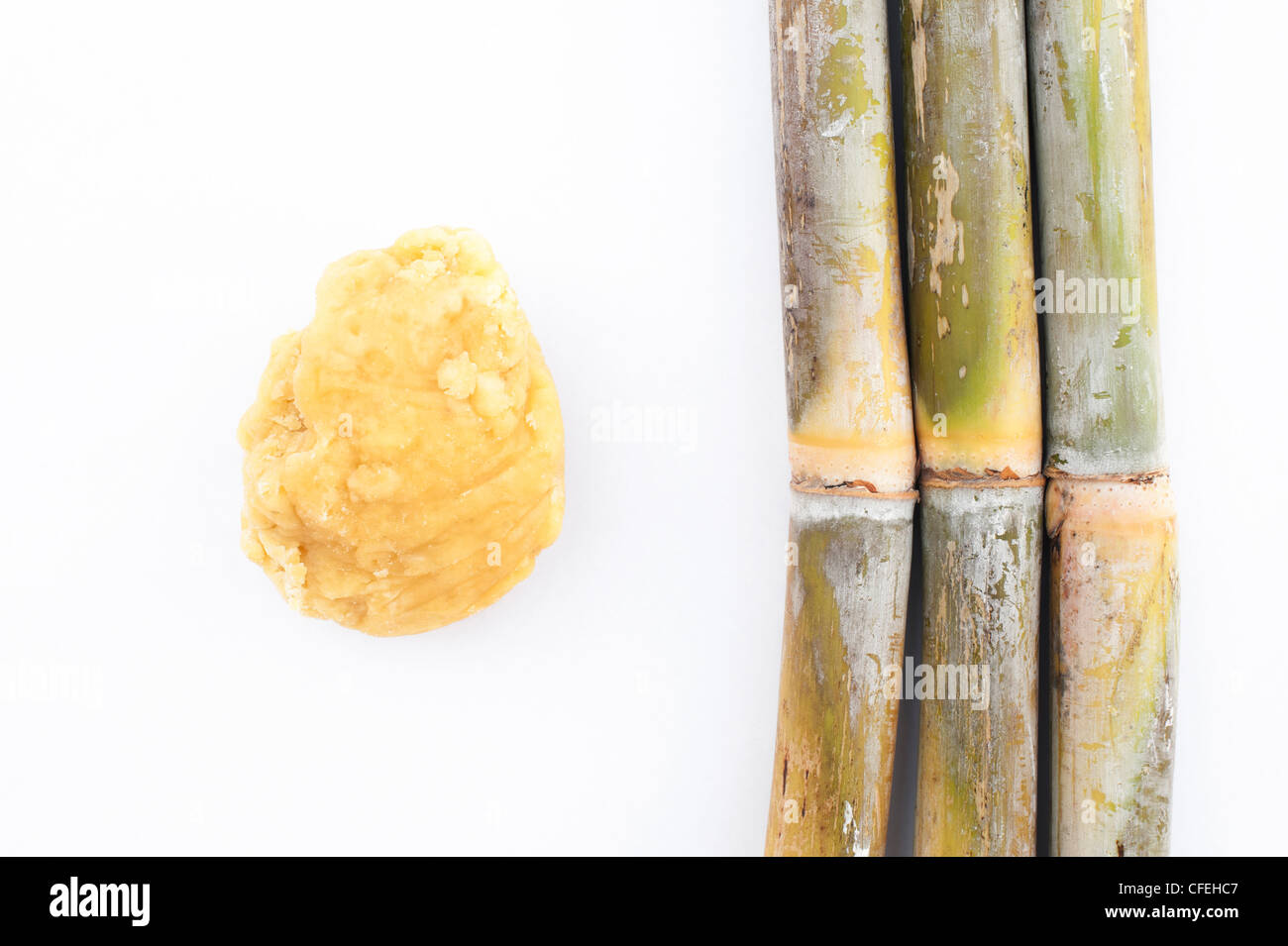The Journey of Sugarcane: From Harvest to Everyday Products
The journey of sugarcane is a diverse process that starts with meticulous cultivation and finishes in a range of products that penetrate our everyday lives. As we check out the various facets of sugarcane's trip, its duty in sustainability and the broader ramifications for our environment come into sharper focus.
Farming of Sugarcane
The cultivation of sugarcane is a critical agricultural procedure that requires specific environmental conditions and monitoring practices. Ideal development takes place in subtropical and tropical regions where temperature levels vary in between 20 ° C and 32 ° C. Adequate rainfall or irrigation is important, as sugarcane flourishes in damp dirt with well-drained problems (sugarcane product). Soil top quality significantly affects yield; therefore, farmers typically conduct dirt examinations to figure out nutrient requirements
Planting typically occurs in rows, utilizing stem cuttings called setts, which are planted flat. This technique assists in efficient gathering and makes the most of sunlight exposure. Crop rotation and intercropping are suggested methods to improve dirt fertility and minimize pest infestations. In addition, farmers use integrated pest management approaches to decrease chemical inputs while ensuring healthy plant growth.
Timely application of these plant foods can dramatically boost sugar returns. Overall, successful sugarcane cultivation hinges on a combination of ecological stewardship, calculated preparation, and ongoing administration practices.
Gathering Methods
Effective sugarcane growing culminates in the harvesting phase, which is critical for making the most of return and making sure high quality. The timing of the harvest is vital; sugarcane is typically collected when sucrose degrees optimal, usually between 10 to 18 months after planting. This period differs based on environment, dirt type, and sugarcane variety.
Collecting strategies can be extensively classified right into manual and mechanical approaches. Hands-on harvesting is labor-intensive, depending on experienced employees that use machetes to reduce the stalks close to the ground. This technique enables selective harvesting, where only the ripest canes are chosen, consequently improving overall sugar web content.
Alternatively, mechanical harvesting has acquired popularity because of its performance and cost-effectiveness. Specialized farmers equipped with reducing knives and conveyor systems can refine big areas promptly, significantly reducing labor expenses. However, this strategy may bring about the inclusion of immature walking sticks and a potential decrease in sugar quality.

Despite the technique used, ensuring that harvested canes are carried swiftly to processing centers is important. Motivate managing lessens putridity and preserves the stability of the sugarcane, setting the phase for optimal handling.
Processing Methods
Handling sugarcane entails several critical steps that change the harvested stalks into usable products, mostly sugar and molasses. The preliminary stage is washing the walking stick to eliminate dirt and debris, adhered to by the removal of juice through crushing or milling. This procedure commonly uses hefty rollers that damage the walking cane fibers to launch the sweet liquid had within.
When the juice is extracted, it goes through explanation, where contaminations such as dirt particles and bagasse are eliminated. This is typically accomplished by including lime and warming the juice, allowing sedimentation. The made clear juice is after that concentrated with dissipation, where water content is minimized, resulting in a thick syrup.

Eventually, the processing of sugarcane not just creates sugar and molasses however likewise lays the groundwork for different by-products, which will certainly be checked out in succeeding discussions.
Products Derived From Sugarcane
Sugarcane is a versatile plant that generates a vast selection of items past just sugar and molasses. Among the main spin-offs are ethanol and biofuels, which have actually obtained importance as sustainable energy sources. Ethanol, created with the fermentation of sugarcane juice, works as an alternate to nonrenewable fuel sources and is typically blended with fuel to produce cleaner-burning fuels, minimizing greenhouse gas discharges.
In addition, sugarcane is a substantial source of bagasse, the coarse deposit remaining after juice removal. Bagasse is utilized in various applications, including the manufacturing of paper, eco-friendly packaging, and as a biomass fuel for energy generation. Its use not just reduces waste but also boosts the sustainability of sugarcane processing.
Moreover, sugarcane-derived products include the food market, where it acts as an all-natural flavoring agent and sweetener in numerous cooking applications. In the realm of cosmetics, sugarcane essences are incorporated right into skin care items because of their all-natural exfoliating residential properties.
Ecological Impact and Sustainability
The cultivation and handling of sugarcane have substantial ramifications for ecological sustainability. This plant needs substantial water sources, typically bring about deficiency of regional water materials and influencing bordering ecosystems. In addition, using plant foods and pesticides in sugarcane farming can lead to soil degradation and waterway air pollution, posing dangers to biodiversity.

Lasting sugarcane farming additionally advertises soil wellness via plant turning and minimized husbandry, boosting carbon sequestration. The fostering of these methods not only sustains ecological integrity but also enhances the strength of farming areas versus climate adjustment.
Conclusion
In recap, the trip of sugarcane includes various phases from cultivation to processing, ultimately causing a large variety of items. The relevance of sugarcane expands past simple sugar, adding to renewable energy through ethanol production, lasting packaging via bagasse, and all-natural removes for cosmetics. This multifaceted plant plays an essential duty in both dietary enrichment and ecological sustainability, highlighting its relevance in contemporary farming and commercial practices.
Effective sugarcane farming culminates in the collecting phase, which is essential for taking full advantage of return and making certain high quality. The timing of the harvest is crucial; sugarcane is usually gathered when sucrose levels optimal, usually in between 10 to 18 months after growing.Handling sugarcane entails several important steps that transform the collected stalks click resources into functional items, largely sugar and molasses.Sugarcane is a versatile crop that yields a large array of items beyond just sugar and molasses. Furthermore, the usage of fertilizers and chemicals in sugarcane farming can result in soil destruction and waterway air pollution, presenting threats to biodiversity.